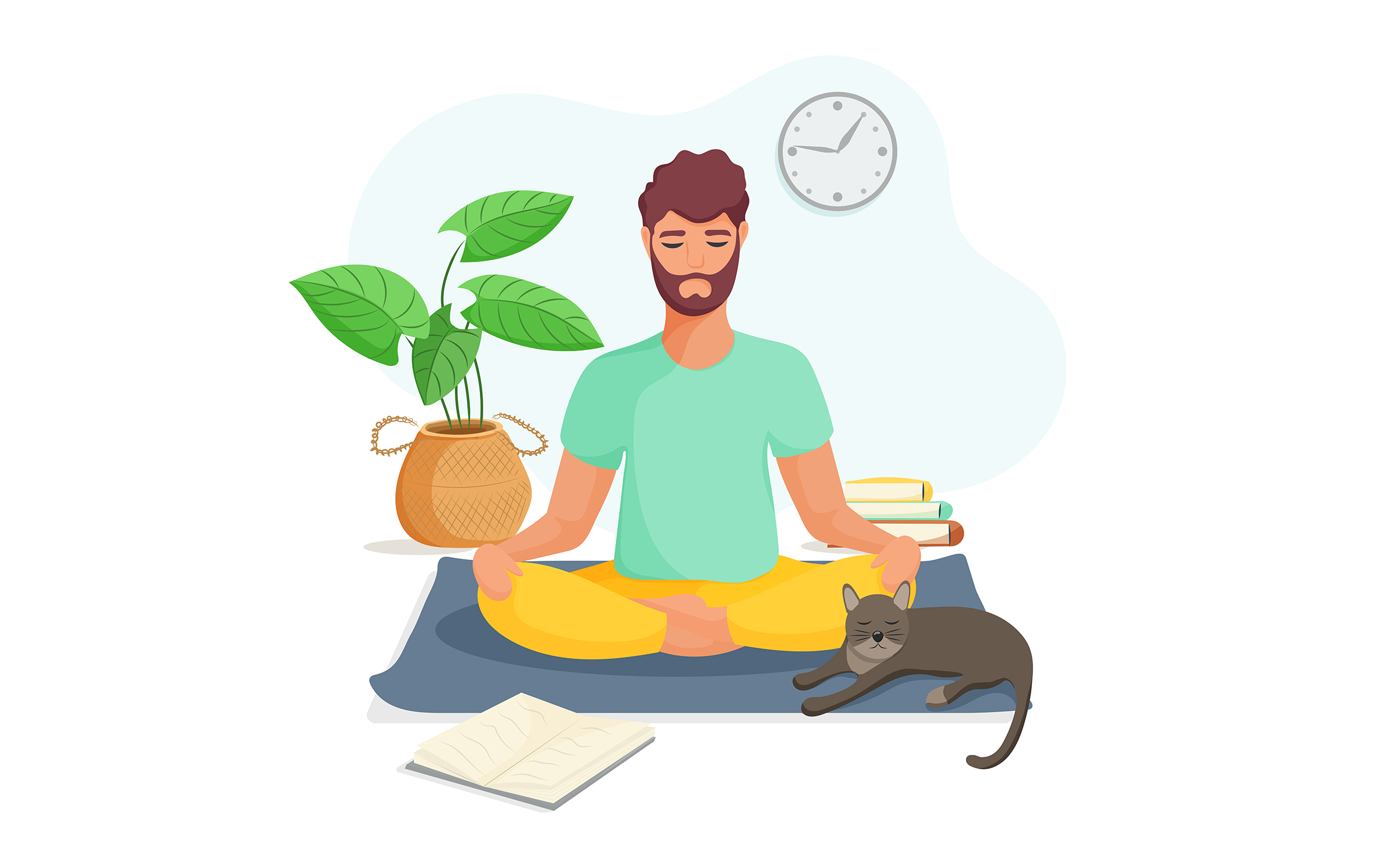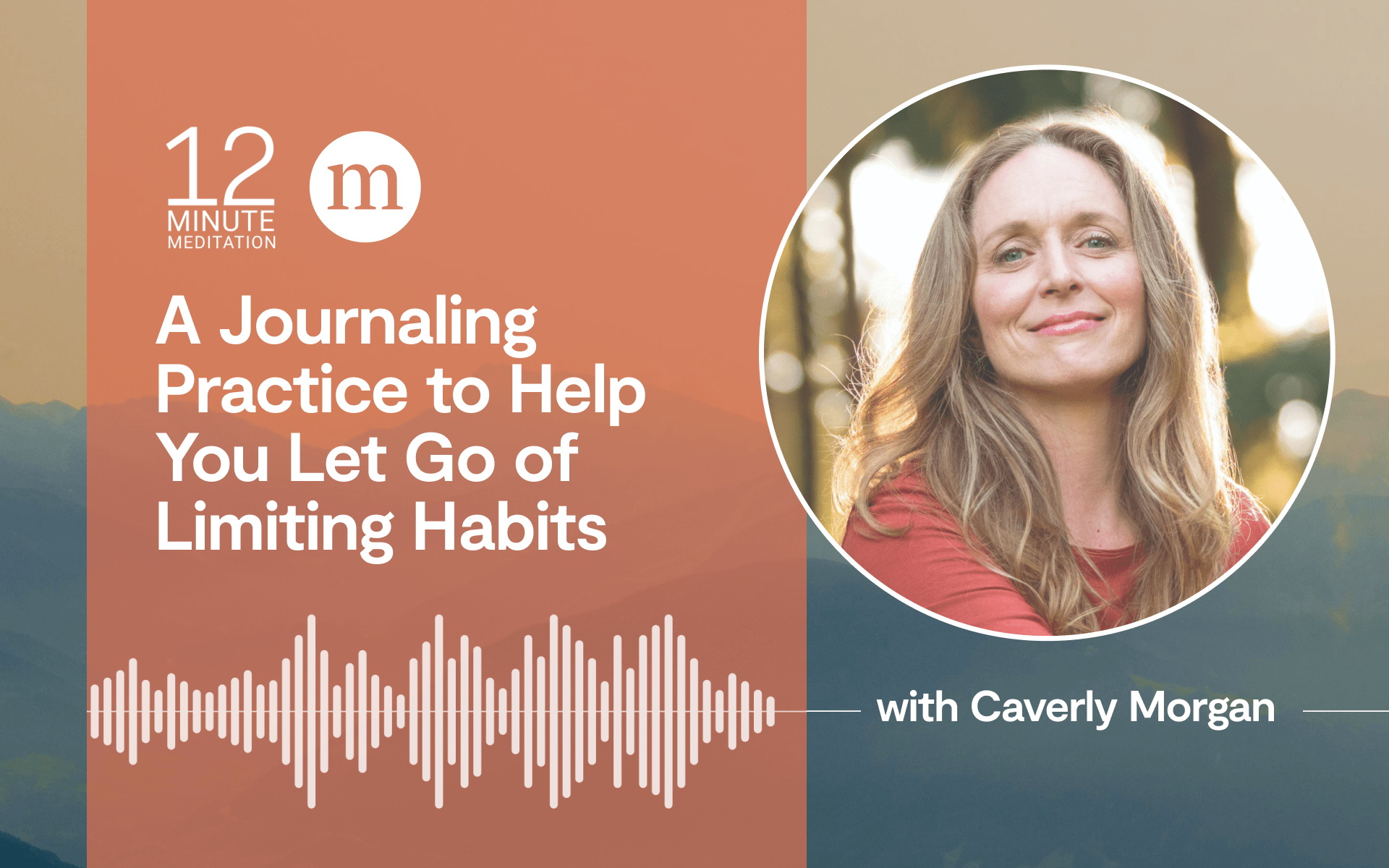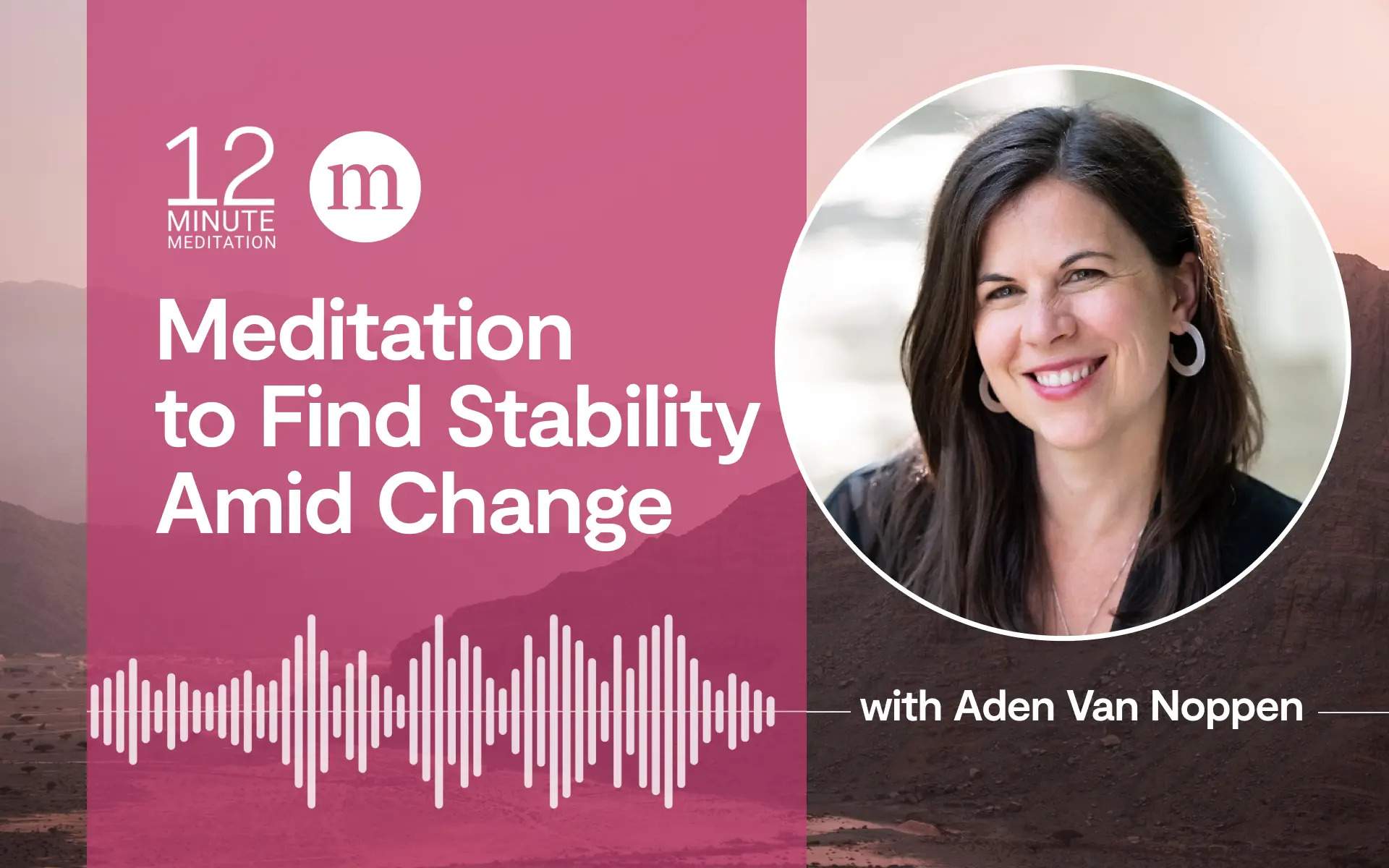Often we get so caught up in planning and daydreaming and constructing stories that we forget we even have a body. In other words, we’re stuck in autopilot, and the answer isn’t always in the mind—because after all, what’s happening in our bodies is as here-and-now as it gets.
Take some time to check in and notice your body with any of these 11 tips. They’ll help you pop out of autopilot and strengthen your mindful awareness. Over time, you may notice yourself feeling more buoyant and making choices that are kinder to your whole self.
11 Ways Your Body Helps You Stop Feeling Stuck on Autopilot
1. Know your body
A simple body scan is a great way to tap into the power of your body. Lay down, close your eyes, and get curious about the sensations you’re feeling—like tingling, warmth, coolness, tension—and become intimate with them as they shift and change from your feet to your head.
2. Cut stress with regular check-ins
Throughout the day our bodies tend to accumulate stress. Do hourly check-ins, taking a deep breath and noticing where tension arises when you’re stuck in autopilot—maybe in the brow, jaw, shoulders, or abdomen. Allow the tense places to soften as you breathe, then stretch and adjust your posture.
3. Savor the good
We often feel our emotions, both positive and negative, in our bodies. The next time you feel good, notice how this manifests physically. Does your body feel relaxed? Is there warmth in your chest, or a slight smile across your face? Becoming aware of positive emotions allows us to broaden our momentary perspective and spark positive reactions, like the urge to savor and appreciate beautiful scenery or the impulse to play. Inevitably this builds greater personal resources. This process is what researcher Barbara Frederickson has coined “The Broaden and Build Theory.”
4. Raise your emotional intelligence
Listen to the moment-to-moment clues your body gives you about how you’re feeling. By simply noticing these clues, you’ll gradually increase your emotional intelligence—which is your ability to understand and manage your emotions.
5. Be like Superman!
Social psychologist Amy Cuddy’s research shows us that certain poses can actually increase confidence and reduce stress. Try standing like Superman, with your back straight, chest upright, heart open, and hands at your waist—then hold for two minutes.
6. Revel in daily tasks
Our brains are wired to make daily tasks into routine actions so we can focus on novel activities. But when we bring curiosity and awareness to simple tasks, like washing dishes or taking a shower, the mundane comes alive again. Next time you shower, for example, notice how the water feels on your skin, the sweet smell of the shampoo, the sound of droplets falling. It might just be the best shower you’ve ever taken!
7. Tune your heart
An essential component of well-being is nurturing a loving heart, and we can use the body to do this. Take one or both hands and place them on your heart, think of someone who makes you smile, and in your mind wish them well.
8. Feel your center
The abdomen is often called “the core” of the body and we can use it for strength and grounding. If you’re feeling stressed or anxious, take one or two hands and place them on your belly. Then take a few slow deep breaths, noticing how they ground you.
9. Move your body
Most us spend too much of the day sitting, so naturally our bodies get stiff. This encourages tension, stress, and stuckness. By moving your body—changing your posture, opening up your chest, doing gentle twists, or sun salutations—you become more present.
10. Laugh it out
A study out of Loma Linda University showed that laughing for short periods of time can help us reduce stress and increase short-term memory. Another study out of the University of Maryland showed that laughter can protect against heart disease. Spend more time with people who make you laugh and doing things that make you laugh. Plus, laughter is contagious, so when you laugh, you are positively impacting the world.
11. Smile wide
Like laughter, a half-smile sends a signal to the brain that something good is happening. Experiment with gently smiling throughout the day and see how it feels.
Try the S.A.F.E. Practice
The body gives us a way to identify emotions, so we can practice self-compassion toward negative emotions and learn to savor positive ones. Anytime we notice that we’re stuck in autopilot, we can choose to activate our biological healing process and open the door for happiness. The next time you notice a strong difficult emotion arising, try this SAFE practice:
S: Soften the muscles of your body
A: Allow the body to be as it is without a need to fix anything
F: Feel any emotions in your body. Ask yourself what you need: To feel safe, to accept yourself as you are, to find inner strength.
E: Expand your positive intentions to all people everywhere. You might say, “May all people feel safe, be strong, be happy.”






